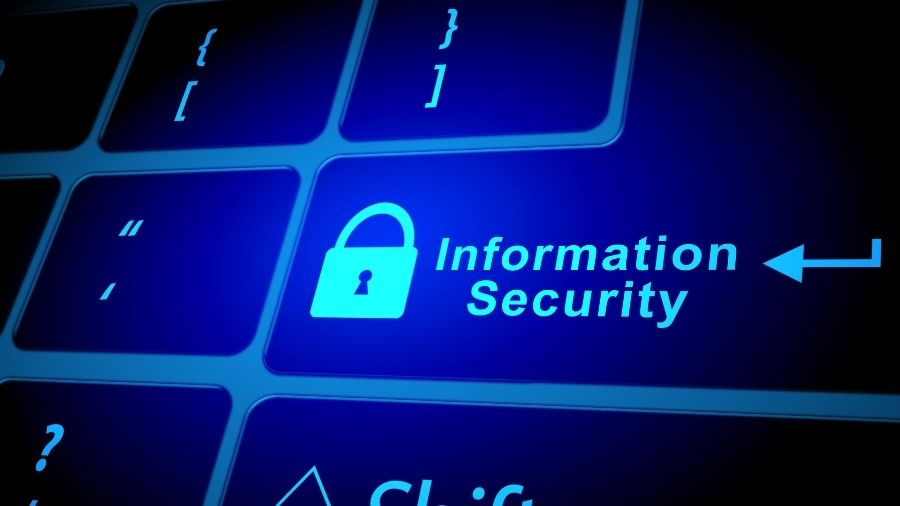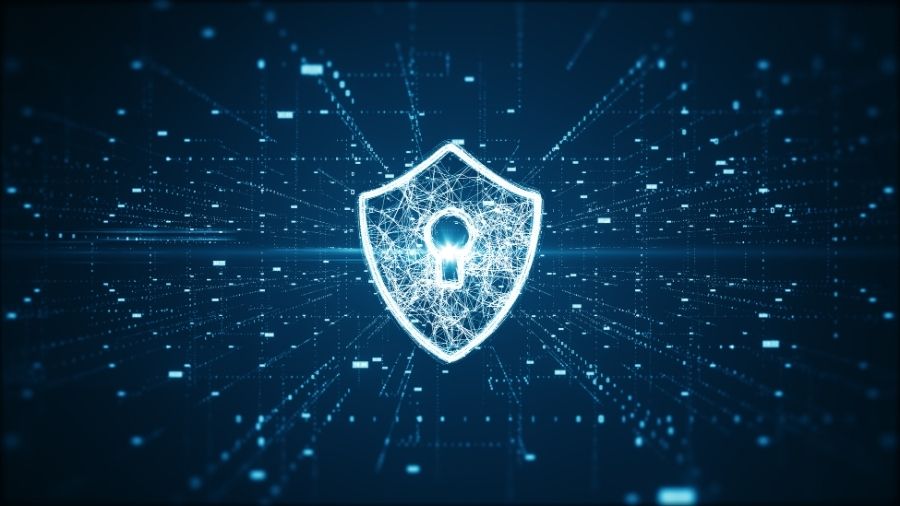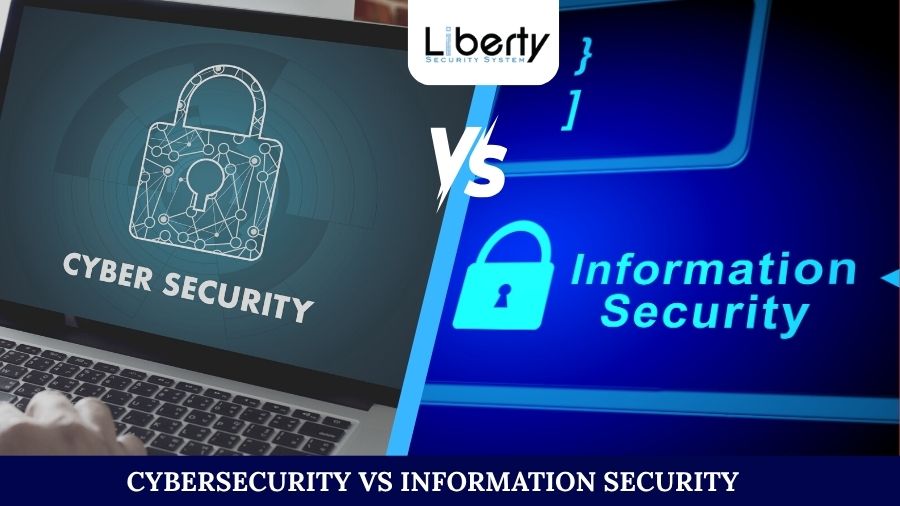Security is now a need rather than an extra in a world where everything is digitally stored, including our bank accounts and family photos. Information security and cybersecurity are two terms you hear all the time. They are two different but closely related fields, despite the fact that they are frequently used interchangeably. Consider this: not all rectangles are squares, but all squares are rectangles. In a similar vein, information security includes Cyber security solutions in Dubai, but information security is far more comprehensive.
Knowing this distinction is essential for anyone who wishes to safeguard their data, whether it be a proprietary recipe or a multibillion-dollar business plan, not just security experts. Let’s dissect these two crucial ideas in plain, understandable terms.
Table of Contents
Information Security (InfoSec) – The Big Picture

Consider yourself responsible for safeguarding the most important asset of a whole organization: its data. Digital files on a server, paper documents in a locked filing cabinet, boardroom conversations, and even the secret formula written on a whiteboard are just a few of the various ways that this information can be found.
The protection of all information assets, whether they are digital, physical, or even verbal, is referred to as information security.
The Guiding Principle – The CIA Triad
The CIA Triad is a straightforward yet effective model that forms the basis of information security –
- C- Confidentiality – This refers to ensuring that the information is only accessible by those who are authorized. A straightforward example would be locking the door to a filing cabinet containing sensitive paper documents or creating a password for your email.
- I- Integrity – This guarantees that the data is correct and hasn’t been altered, removed, or tampered with. Simple Examples: Having explicit guidelines on who can update the customer database or using digital signatures to verify that a document hasn’t been altered.
- A – Availability – This indicates that the data is available to authorized users at the appropriate time. Simple Examples: Keeping your office neat and orderly so that documents are easily located, or having backup power for your servers so they don’t crash during a power outage.
Information security aims to protect these three pillars for all information by implementing regulations, policies, and human and technological safeguards.
Cybersecurity – The Digital Defender

Let’s now discuss cybersecurity. As the name implies, the “cyber” world, the digital realm, is the sole focus of this field. The specialized field of cybersecurity works to safeguard computer networks, systems, devices (such as laptops and phones), and digital data against online threats, theft, damage, and unauthorized access.
The primary distinction is the kind of asset being safeguarded and the nature of the threat –
- Asset Focus – Only digital assets (computers, networks, clouds, software, and digital data) are the focus of this asset.
- Threat Focus – Only threats that originate online (e.g., ransomware, phishing, viruses, hackers, and online espionage).
The digital warrior is a cybersecurity specialist. In order to prevent hackers from infiltrating the digital stronghold, they install firewalls, detect malware, and install anti-virus software.
Examples of Cybersecurity Measures –
1. Firewalls – The digital gatekeeper that prevents unwanted traffic from entering a network is a firewall.
2. Encryption – Data is scrambled using encryption to prevent hackers from reading it in the event that it is stolen (protecting confidentiality).
3. Malware Protection – Software that prevents ransomware, spyware, and viruses from infecting your devices (preserving availability and integrity) is known as malware protection.
4. Intrusion Detection Systems – Programs that act as a virtual security guard, continuously scanning the network for unusual activity.
Why Does This Distinction Matter?
“Who cares about the term as long as the data is safe?” you may ask yourself. However, the distinction is significant since it alters how a company approaches its overall security plan –
1. It Draws Attention to Non-Digital Hazards
A business that solely concentrates on cybersecurity may invest millions in firewalls and anti-virus software, but neglects to lock its server room or destroy its confidential paper documents.
They are forced to think holistically by information security.
2. It Involves Everyone, Not Just IT
Information security is not solely the responsibility of the IT team because it encompasses both procedural and physical safeguards.
- By managing employee access badges, the HR division is in charge of information security, or cybersecurity.
- The legal team is in charge of establishing guidelines for data destruction and retention.
- When an employee locks their computer screen or securely disposes of documents, they are all accountable for information security.
3. It Prepares for All Disasters
Cybersecurity gets ready for an intrusion by hackers. Through disaster recovery plans, information security prepares for an attack, a flood that destroys the server room, and a careless employee who unintentionally erases a crucial file.
The walls and alarms you install around your electronic environment to ward off malware and hackers constitute cybersecurity, which is your digital defense. In this connected age, it is vital.
However, the entire security approach is information security. It includes all the guidelines, personnel, and equipment required to safeguard your priceless data in any format, be it a steel plate engraved with a secret formula or a file on your hard drive.
In the end, you require both. In addition to using cybersecurity tools to safeguard digital data, a robust information security plan also employs human and physical controls to safeguard all other data. At Liberty UAE, our Cyber Security Solutions in UAE ensure that your sensitive data — the real core of any organization — remains private, accurate, and accessible, regardless of where or how it is stored, by taking a broad view of information security.
Also Read: What is Hosted PBX (Phone System)? A Complete Guide






